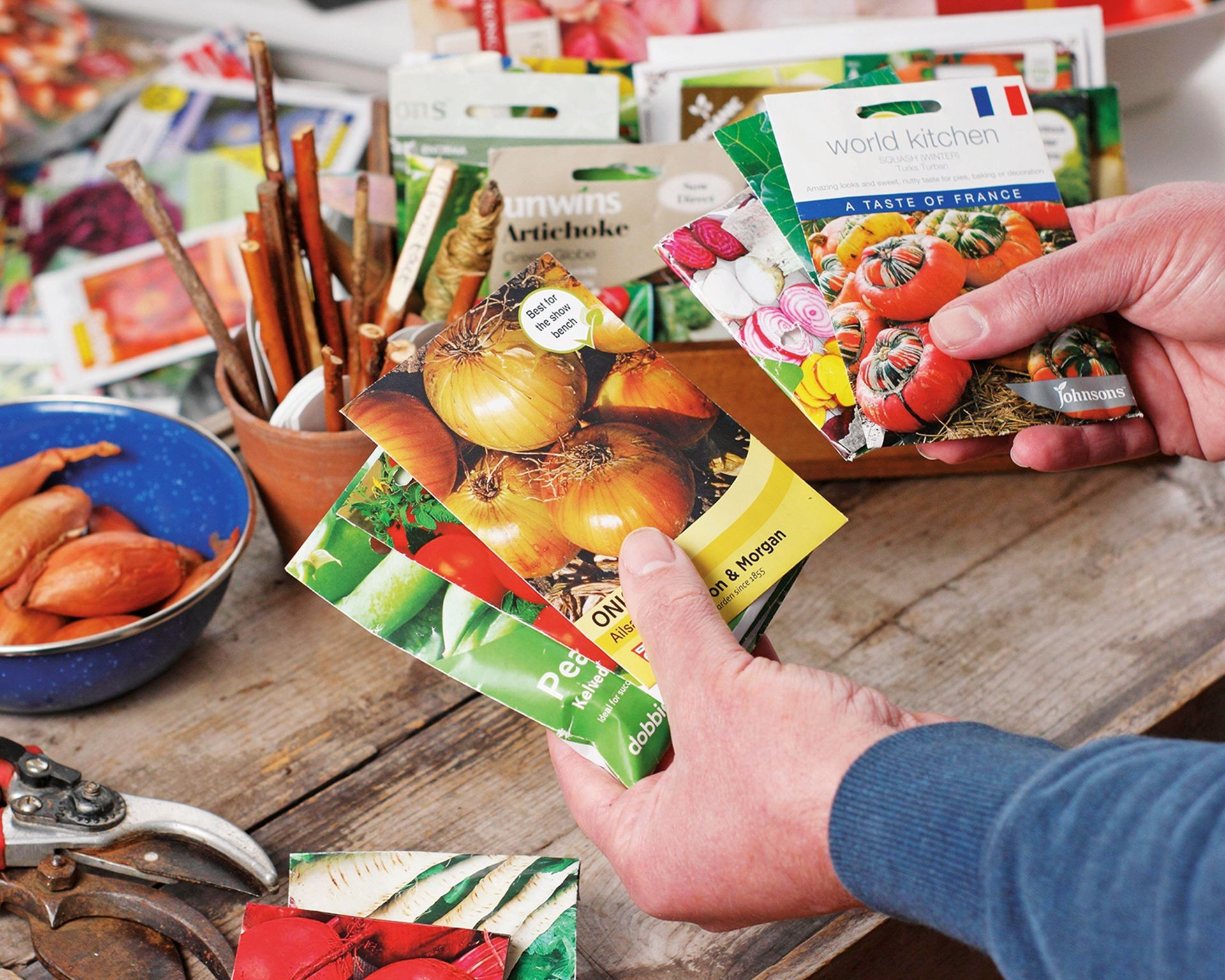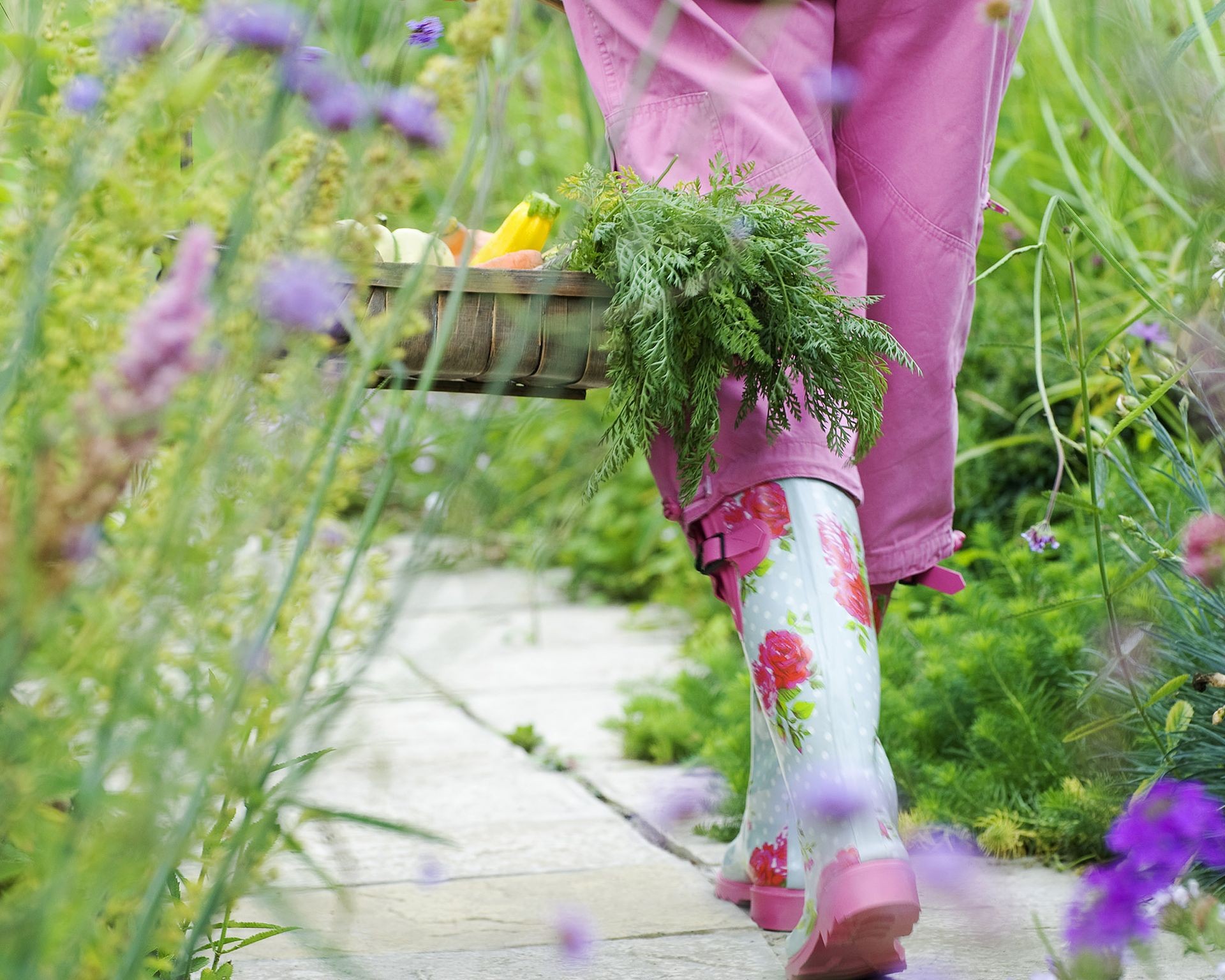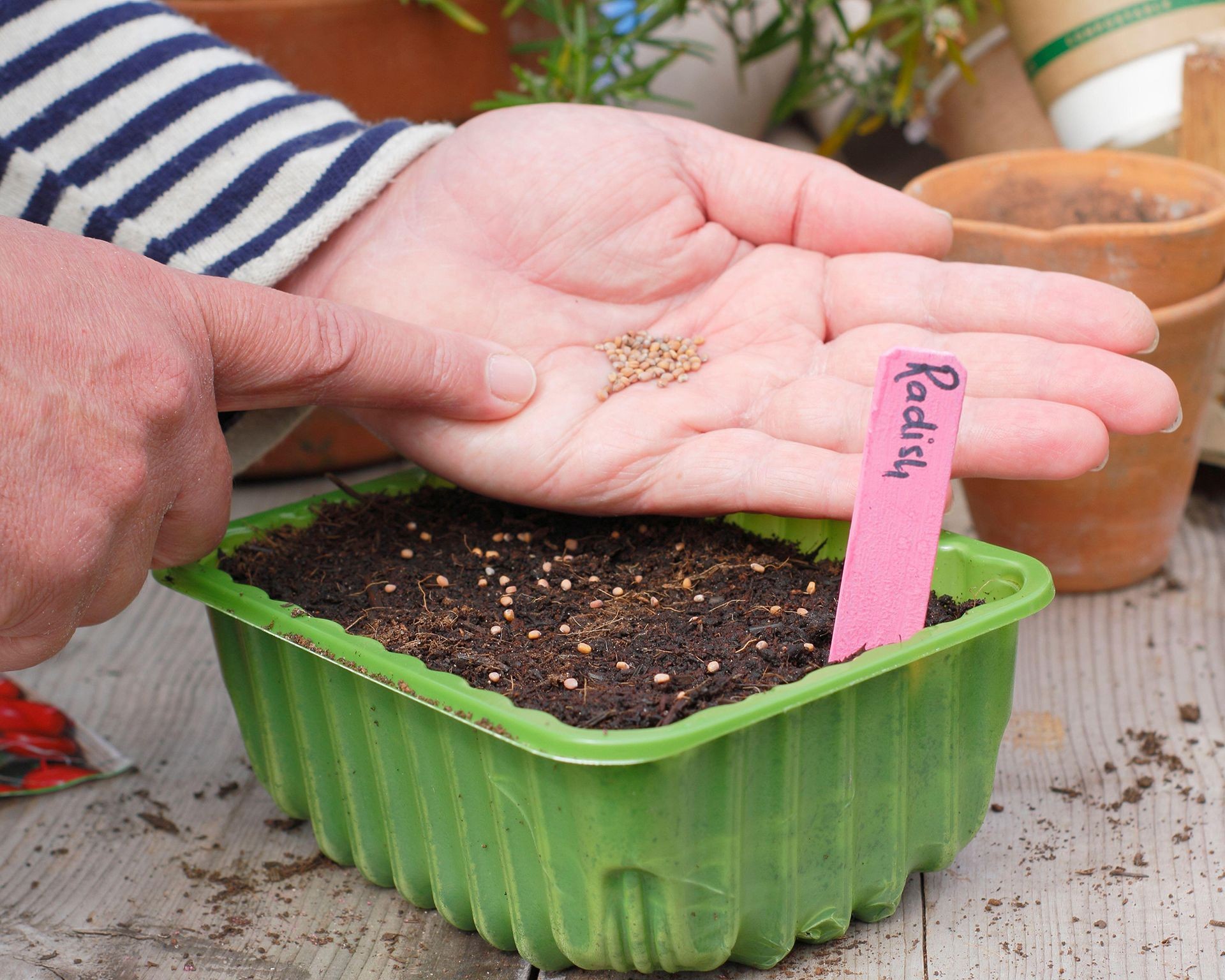No products in the cart.
NEWS
Timing Your Vegetable Garden: When to Plant for a Bountiful Harvest
Embarking on the journey of growing your own food connects us to a legacy spanning millennia. For thousands of years, humans have cultivated crops, making gardening feel almost ingrained in our nature. Whether you’re a seasoned green thumb or just starting out, planning your vegetable garden is an exciting process. One of the most frequent questions new gardeners ask is: “When should I start planting?” Getting the timing right is crucial for a successful harvest. This guide will walk you through the key factors to consider, helping you determine the optimal time to get your hands dirty based on your location and what you want to grow.
Planning Your Vegetable Garden
Before you even think about putting seeds or plants into the soil, it’s essential to lay some groundwork. Your personal preferences and available space play significant roles in shaping your gardening timeline.
Choosing What to Grow
The first step is deciding which vegetables you and your household genuinely enjoy eating. Do you love fresh salads? Then focus on leafy greens like lettuce and spinach, alongside tomatoes, cucumbers, and carrots. Are you a fan of homemade pizza? Consider growing tomatoes, onions, and basil. It’s easy to get carried away by the vast array of interesting vegetables out there, but prioritizing what you will actually consume is key to avoiding waste and staying motivated. Don’t hesitate to try one new, exciting variety each year – it adds adventure to your gardening journey!
Considering Space and Plant Needs
Once you have your desired vegetables in mind, think about the space you have available. Some plants, like vining cucumbers or pole beans, need room to spread or require vertical support like a trellis. Root crops such as carrots and potatoes thrive in deeper soil found in traditional garden beds, whereas shallow containers might restrict their growth. However, many popular vegetables like bush beans, peppers, radishes, and various herbs are perfectly suited for growing in pots on a patio or balcony. Matching the plant’s needs to your available space and chosen growing method (in-ground beds, raised beds, containers) is vital for success.
Understanding Your Local Climate
The climate where you live is arguably the most critical factor in determining when to plant. Nature sets the schedule, and understanding your local conditions is paramount.
The Role of USDA Hardiness Zones
The U.S. Department of Agriculture (USDA) Hardiness Zone Map is a standard tool for gardeners in the United States. It divides the country into zones based on the average annual minimum winter temperature. While primarily used to determine which perennial plants can survive the winter in a given location, it also provides valuable insight into the length of your growing season and helps inform decisions about when to start planting vegetables, especially warm-weather varieties. For instance, gardeners in warmer zones (like Zone 8) benefit from longer stretches of warm weather, allowing them to plant heat-loving crops like tomatoes and peppers earlier and potentially harvest later than someone in a colder zone (like Zone 5). Many seed packets and plant tags list the recommended USDA zones where a specific crop is best suited.
Identifying Your Last Frost Date
Equally important as your hardiness zone is knowing your area’s average last frost date in the spring. This date represents the typical point after which a light frost is unlikely to occur. Frost, the formation of ice crystals on surfaces, can severely damage or kill tender vegetable seedlings and young plants. Planting warm-season crops before this date exposes them to significant risk. You can usually find your average last frost date by contacting your local agricultural extension office or consulting reliable online almanacs or gardening resources. It’s crucial to remember that this is an average date and actual weather can vary. Always keep an eye on the forecast, even after the average date has passed, and be prepared to protect vulnerable plants if a late frost is predicted.
 Gardener holding packets of vegetable seeds, planning their garden planting
Gardener holding packets of vegetable seeds, planning their garden planting
Starting Your Seeds: Indoors vs. Outdoors
Once you understand your climate and what you plan to grow, the next question is whether to start your seeds directly in the garden bed (direct sowing) or indoors under controlled conditions. Growing vegetables from seed is a cost-effective way to produce many plants, and the best method depends on your location and the specific crop.
For those in warmer USDA zones with extended growing seasons, direct sowing seeds of heat-loving vegetables like eggplant and okra is often feasible once the soil has warmed sufficiently after the last frost. Fast-growing vegetables like beans, peas, and many leafy greens can also typically be direct sown successfully in most zones at the appropriate time.
In cooler zones with shorter warm periods, starting seeds indoors provides a head start. This is especially beneficial for warm-season crops that need a longer time to mature before the first frost of fall arrives. The timing for starting seeds indoors is usually determined by counting back from your average last frost date. Seed packets often provide guidance, such as “sow indoors 6-8 weeks before the last frost.” While hitting the exact week is ideal, don’t panic if you’re a week or two off – plants are resilient!
Gardeners in cooler climates can still direct sow certain crops relatively early. Quick-growing cool-season vegetables like radishes and carrots, or hardy greens like kale and spinach, can often be sown directly into the garden bed around or even slightly before the average last frost date, as they tolerate cooler temperatures better than their warm-season counterparts.
 Happy gardener carrying a trug filled with freshly harvested vegetables through a sunny garden
Happy gardener carrying a trug filled with freshly harvested vegetables through a sunny garden
Flexibility in Gardening: It’s Often Not Too Late!
So, when exactly can you dive in? It truly depends on your specific climate and the vegetables on your list, as outlined above. Gardeners in colder regions (USDA Zones 3-5) might begin sowing some seeds indoors as early as late February or March, meticulously following the “sow indoors X weeks before last frost” directions on their seed packets. For those blessed with warmer climates, starting seeds indoors can happen as early as January, and many crops can be directly sown relatively early in the spring.
If late winter and early spring were hectic and you find yourself wondering if you’ve missed the boat for the season, the answer is almost certainly no! While you might miss the window for some long-maturing warm-season crops if it’s already late spring or early summer, there’s often still plenty of time to plant other vegetables. Many quick-growing varieties can be planted later in the season and still yield a harvest.
Furthermore, depending on your climate, you can plan for a successful fall garden. Many cool-season vegetables, such as broccoli, kale, cabbage, and various greens, thrive in the cooler temperatures of late summer and fall. Plan to plant fall crops 10-12 weeks before your area’s average first frost date in autumn. Some, like kale and Brussels sprouts, even develop a sweeter flavor after experiencing a light touch of frost.
 Close-up of hands sowing small radish seeds over a tray of potting mix
Close-up of hands sowing small radish seeds over a tray of potting mix
Ultimately, whether you start planning in early winter or late summer, whether you’re sowing indoors under lights or directly into the soil, beginning a vegetable garden requires a blend of preparation and flexibility. The most important ingredients for a rewarding harvest are your willingness to nurture growth and quality seeds to start with.
Embarking on your gardening adventure is a deeply satisfying experience. Understanding your climate, knowing your frost dates, and choosing the right plants for your space are key steps in determining the perfect planting time. With careful planning and a little bit of patience, you’ll be well on your way to enjoying the fruits (and vegetables!) of your labor. Explore the resources available at Biogarden.asia to find everything you need to get your garden started right and thrive throughout the season.



